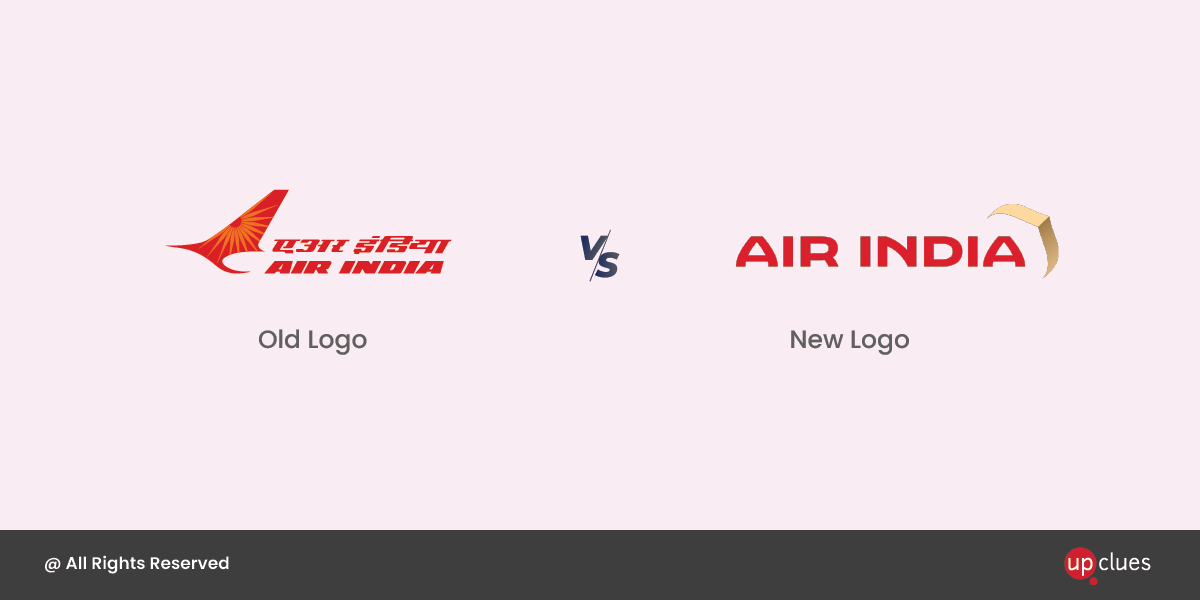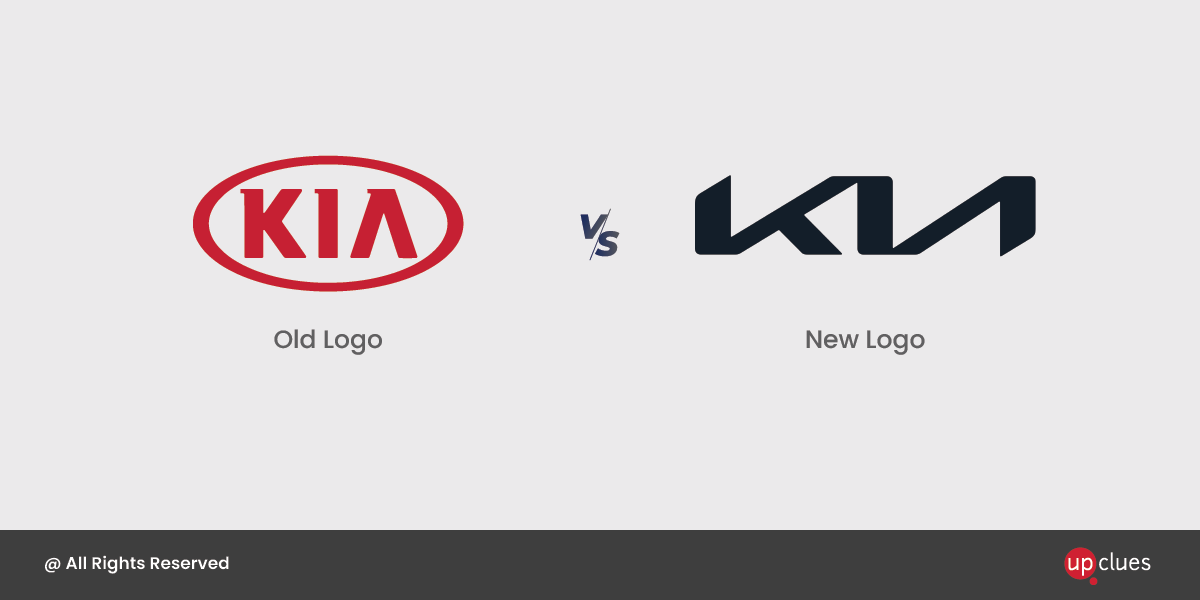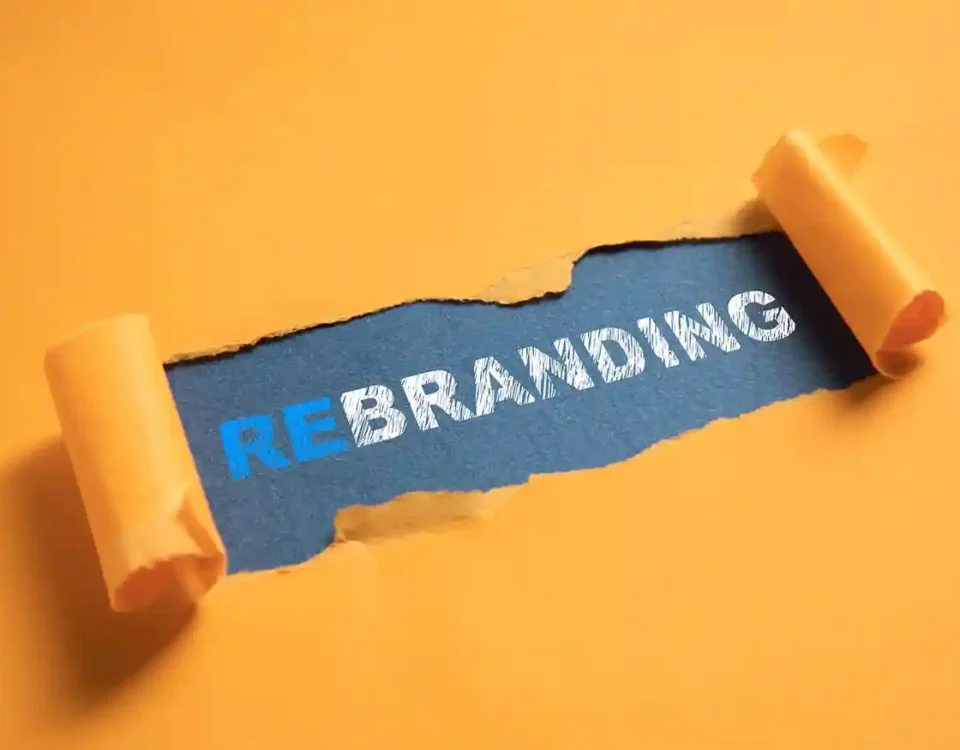
The Complete Guide to Event Branding: From Concept to Execution
October 10, 2025
Branding for Hotel Industry
October 31, 2025
The Complete Guide to Event Branding: From Concept to Execution
October 10, 2025
Branding for Hotel Industry
October 31, 2025What Does a Corporate Rebranding Agency Do? A Complete Guide for Businesses
October 14, 2025
- 20 min to Read
Introduction
Did you know that nearly 60% of companies undergo a brand refresh within the first 10 years of operation to stay competitive?
In a world where markets shift rapidly and consumer expectations evolve, even established brands can start to feel outdated.
That’s where a Corporate Rebranding Agency steps in — helping businesses redefine how they’re perceived, understood, and remembered.
From strategy to design and culture to communication, every layer of your brand identity is realigned for today’s audience and tomorrow’s growth.
Understanding Corporate Rebranding
Before exploring what a corporate rebranding agency does, it’s essential to understand what rebranding truly means — and what it does not.
Rebranding goes far beyond updating a logo, changing colors, or redesigning a website. It is a strategic overhaul of your company’s identity, encompassing your visual style, messaging, positioning, and the overall perception your brand creates in the market. It’s a deliberate process aimed at ensuring your brand reflects who you are today and who you aspire to be in the future.
At its core, rebranding involves answering key questions:
- Who are we as a business today, and who do we want to become tomorrow?
- Does our current brand accurately communicate our vision, values, and offerings?
- Are we effectively engaging the right audience with the right message?
When a company grows, diversifies, or faces new market challenges but its brand remains stagnant, a disconnect emerges — one that can affect customer trust, loyalty, and overall business growth.
A corporate rebranding agency identifies these gaps and develops a cohesive strategy to realign perception, messaging, and design, ensuring your brand evolves in step with your business.

When Do Businesses Need Rebranding?
Many organizations sense that something feels “off” about their brand but struggle to identify the exact issue. Recognizing the signs early can prevent missed opportunities and help maintain relevance in a competitive market. Here are key indicators that it might be time to engage a corporate rebranding agency:
1. Your visual identity feels outdated
Design trends evolve rapidly. Colors, logos, and typography that once looked fresh can start to feel old-fashioned. A rebrand revitalizes your visual elements, ensuring your brand appears modern, professional, and appealing to your audience.2. Your company has changed direction
If your business has expanded services, entered new markets, or evolved its mission, your existing brand may no longer represent who you are. Rebranding aligns your identity with your current vision and offerings.
3. You’re merging, acquiring, or restructuring
Corporate transitions like mergers or acquisitions require unifying multiple identities under one consistent brand. Rebranding provides clarity, strengthens cohesion, and communicates a single, authoritative presence.
4. Your audience has evolved
Target audiences change over time. Whether you’re appealing to a younger demographic, a more professional segment, or a niche market, rebranding ensures your messaging and visuals resonate effectively.
5. Your reputation needs a refresh
Brands that have faced negative associations, market misperceptions, or stagnation can benefit from a strategic rebrand. It helps rebuild trust, reinforce credibility, and position your company for long-term growth.
The Role of a Corporate Rebranding Agency
A Corporate Rebranding Agency acts as both a strategist and a creative partner. It brings an external perspective, professional insight, and a structured process to reinvent how your brand looks, feels, and communicates. Rebranding isn’t just about a new logo — it’s about creating a cohesive identity that resonates with your audience and aligns with your business goals. Let’s break down the key stages of what a corporate rebranding agency actually does — from discovery to launch and beyond.

1. Brand Discovery and Research
Every successful rebrand starts with deep research. Agencies don’t jump straight to design — they begin by understanding your company’s DNA.
Key areas explored include:
- Mission and values: What drives your business?
- Target audience: Who are you trying to reach, and what matters to them?
- Competitors: How are others positioned, and where can you stand apart?
- Market perception: How do customers currently view your brand?
This phase often involves stakeholder interviews, surveys, and workshops. Insights gathered here form the foundation for your new brand direction. A rebranding checklist is typically created to ensure every aspect — from messaging and visuals to digital assets and internal communications — is accounted for.
2. Brand Strategy Development
With research insights in hand, the agency builds a strategic roadmap for your rebrand. This stage defines your:
- New positioning and unique value proposition
- Brand voice and tone
- Messaging that resonates with your target audience
Tools like competitor audits and audience personas help us deliver brand development services that ensure your brand speaks directly to the right people. Every decision — from design to content — aligns with your brand’s personality and objectives.
3. Visual Identity Design
This is where your brand’s visual story begins to unfold.. Agencies develop a full identity system, including:
- Logo design and variations
- Color palettes and typography
- Brand patterns, icons, and photography styles
- Stationery, collateral, social media, and website templates
Every element reflects your brand’s purpose and personality. For example, a premium brand might shift to a refined, minimal palette, while a tech company targeting younger audiences could adopt bolder, more vibrant visuals.
4. Messaging and Tone of Voice
While visuals attract attention, words build relationships. Agencies define your verbal identity across:
- Taglines and brand stories
- Website, ad copy, and social media language
- Internal communication guidelines
Consistency ensures that every message — from a tweet to a brochure — feels unmistakably yours.
5. Brand Guidelines Creation
All visual and verbal elements are compiled into a comprehensive brand guidelines document, serving as a reference for everyone working with your brand.
Guidelines typically include:
- Logo usage and spacing rules
- Color palettes and typography
- Image, illustration, and layout styles
- Voice, tone, and messaging direction
- Social media and website consistency
These rules maintain uniformity across all touchpoints, no matter who handles your marketing materials.
6. Implementation and Rollout
A rebrand is not complete until it’s fully implemented. Agencies manage the rollout, which can include:
- Launching the new logo and website
- Updating signage, packaging, and marketing materials
- Coordinating internal communications
- Training employees on the new brand language
- Announcing the rebrand to customers and stakeholders
Rollouts are often phased, starting internally to align employees before going public. Detailed checklists ensure no element is overlooked — from email signatures to product labels.
7. Measuring Success and Adjusting
A professional rebrand is results-driven. Agencies track KPIs post-launch, such as:
- Website engagement and conversions
- Social media sentiment
- Brand awareness metrics
- Customer feedback and loyalty
Based on these insights, minor refinements may be made to optimize performance and ensure the rebrand achieves its intended impact.
Corporate Rebranding Examples
Here are a few inspiring rebranding examples that show how strategy and creativity can transform a brand:

1. Air India
Air India underwent a major rebrand to modernize its image while honoring its heritage. The new logo and livery combined a sleek, contemporary design with traditional elements, signaling reliability, premium service, and a renewed global presence.

2. KIA
KIA’s 2021 rebrand introduced a bold, futuristic logo that reflected the brand’s shift toward innovation and electric mobility. The new identity emphasized progress, modernity, and a forward-thinking vision, appealing to younger and more tech-savvy audiences.

3. Airbnb
Airbnb’s 2014 rebrand introduced the “Bélo” symbol, representing belonging. The redesign shifted the company from being seen as just a home-rental service to a global community built on trust, connection, and shared experiences.
These examples highlight a key lesson: rebranding isn’t about change for the sake of change. It’s about creating clarity, staying relevant, and deepening the connection between your brand and its audience.
The Corporate Rebranding Checklist
Rebranding is a multifaceted process that requires careful planning, coordination, and execution. To ensure no detail is overlooked, professional agencies follow a structured rebranding checklist, covering every stage of the journey:
1. Brand Audit
- Assess current brand strengths and weaknesses
- Evaluate customer perception and market positioning
- Review internal alignment with company values and goals
2. Strategy and Planning
- Define clear rebranding objectives and success metrics
- Identify target audience and refine brand positioning
- Conduct competitor analysis and market research
3. Creative Development
- Redesign visual identity, including logo, typography, and color system
- Develop new tone of voice, messaging framework, and brand story
- Create brand collateral, templates, and digital assets
4. Internal Rollout
- Conduct an internal brand launch to align employees with the new identity
- Train staff on updated communication style, messaging, and brand values
- Prepare internal resources for smooth adoption
5. External Launch
- Update website, social media, packaging, and marketing materials
- Issue a public rebrand announcement to customers and stakeholders
- Monitor audience engagement and collect feedback for adjustments
Why Work with a Professional Rebranding Agency
Some companies attempt DIY rebrands — updating a logo or tweaking messaging internally. While well-intentioned, these efforts often fall short without strategic guidance, cohesive planning, and professional execution. Partnering with a Corporate Rebranding Agency ensures your brand transformation is both effective and impactful. Here’s why:
1. Strategic Clarity
Agencies provide an external perspective, identifying blind spots and opportunities that internal teams may overlook. They develop a clear roadmap that aligns your brand with business goals and audience expectations.
2. Consistency Across Touchpoints
From business cards and packaging to websites and social media, agencies ensure every brand touchpoint communicates a unified message, strengthening recognition and trust.
3. Creative Expertise
Professional teams of strategists, designers, and storytellers transform insights into compelling visuals, messaging, and experiences that resonate with your audience.
4. Risk Mitigation
A carefully planned rebrand minimizes the risk of confusing or alienating existing customers, while positioning your brand to attract new markets.
5. Efficiency and Resource Management
Agencies handle timelines, asset creation, internal and external rollouts, and stakeholder coordination — saving your team time, effort, and potential costly mistakes.
By working with a professional rebranding agency, you ensure your brand evolves thoughtfully, strategically, and creatively — delivering measurable impact.
How Upclues Approaches Corporate Rebranding
At Upclues, corporate rebranding is more than just a service — it’s a collaborative partnership. We believe that a successful brand transformation begins with understanding your story, your vision, and the unique value your business brings to the market.
Our approach blends strategic thinking, creative design, and digital execution, ensuring that your new identity not only feels modern and relevant but also drives measurable business growth.
Our Rebranding Services Include:
- Brand Discovery and Audit: Comprehensive research into your current brand, audience, competitors, and market perception
- Strategy and Positioning Development: Defining your unique value proposition, messaging, and brand voice
- Logo and Visual Identity Design:Crafting a cohesive identity system, including logos, typography, color palettes, and digital assets
- Messaging and Storytelling: Developing compelling narratives, taglines, and communication frameworks
- Website and Digital Experience Redesign: Ensuring your online presence reflects your refreshed brand
- Brand Guideline Creation: A detailed reference to maintain consistency across all touchpoints
- Internal and External Rollout Support: Seamless implementation across teams, channels, and marketing materials
Why Businesses Trust Upclues
- Tailor-Made Strategies: No templates — every solution is customized to your business goals
- Creativity Meets Strategy: We balance innovative design with measurable objectives
- Seamless Integration: Your brand is consistent across digital, print, and social channels
- Ongoing Support: We continue monitoring performance and refining your brand after launch
Whether you’re repositioning after a merger or refreshing a decade-old identity, Upclues helps your brand rediscover its voice, reconnect with your audience, and regain relevance in a competitive market.
Avoiding Common Rebranding Mistakes
Rebranding is a significant investment, and without careful planning, even well-intentioned efforts can fail. Here are key pitfalls to watch out for:
1. Ignoring Your Existing Audience
Drastic or abrupt changes can alienate loyal customers if not communicated thoughtfully. A successful rebrand balances innovation with familiarity, ensuring your audience feels included and informed.
2. Skipping Strategy
Jumping straight to design without a solid strategy often results in inconsistent visuals and diluted messaging. Research, brand audits, and strategic planning form the foundation of any effective rebrand.
3. Inconsistent Rollout
Partial or uneven implementation — such as using new branding on some materials but retaining old elements elsewhere — creates confusion and weakens brand recognition. A coordinated rollout is essential.
4. Neglecting Employee Engagement
Your team is your first brand ambassador. Without internal alignment and training, employees may struggle to communicate the new identity effectively, undermining the rebrand’s impact.
5. Overcomplicating the Design
Complex or overly trendy designs may attract attention initially but often fail to stand the test of time. Simplicity, clarity, and relevance should guide all design decisions. Avoiding these mistakes ensures your rebrand is strategic, cohesive, and impactful, strengthening your brand’s connection with both customers and employees.
Final Thoughts
A brand is far more than a logo, color palette, or tagline — it is the sum of how people perceive your business. Over time, markets evolve, audiences shift, and perceptions change. When this happens, rebranding becomes a powerful tool to realign your company’s story with its true potential.
A Corporate Rebranding Agency serves as your strategic partner through this transformation. By combining research, creative expertise, and data-driven strategy, an agency ensures your brand not only looks refreshed but also resonates deeply with your audience and supports long-term business goals.
If your company feels out of step with its market or audience, it may be time to rethink your identity. With the right partner — like Upclues, your trusted Rebranding Agency — this process can do more than update your visuals; it can become a catalyst for renewed growth, stronger market relevance, and lasting recognition.
Rebranding is an opportunity to rediscover your voice, reconnect with your audience, and redefine your place in the market. When done thoughtfully, it doesn’t just signal change — it signals evolution, innovation, and a commitment to staying ahead in a dynamic business world.
Ready to refresh your brand?
Contact Upclues today and start your rebranding journey.





